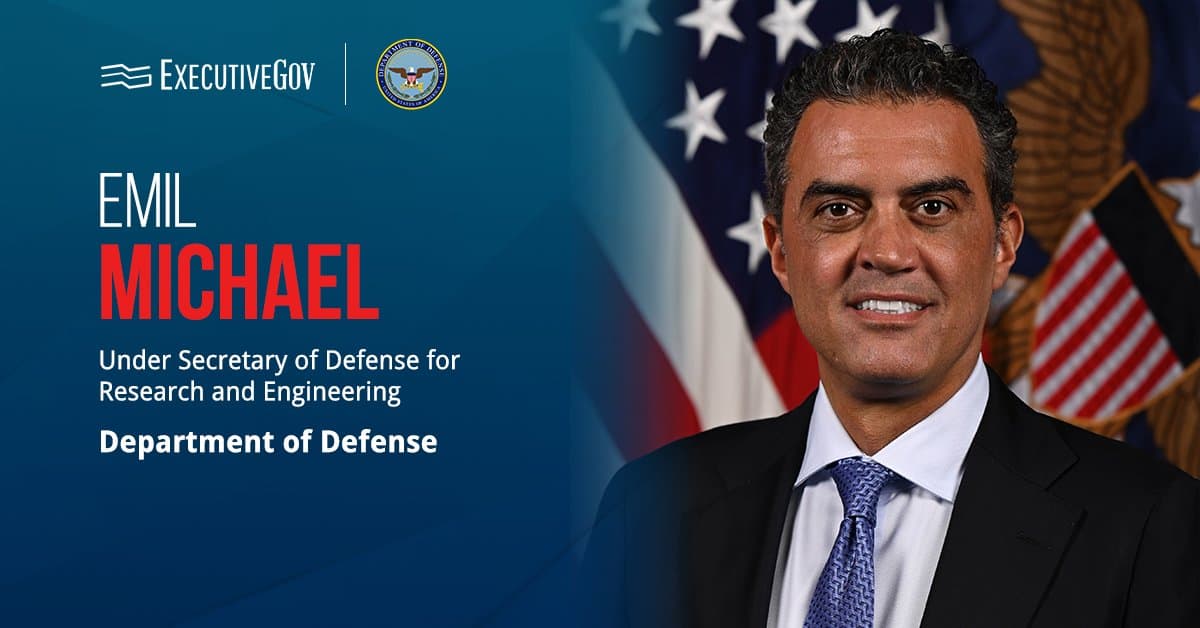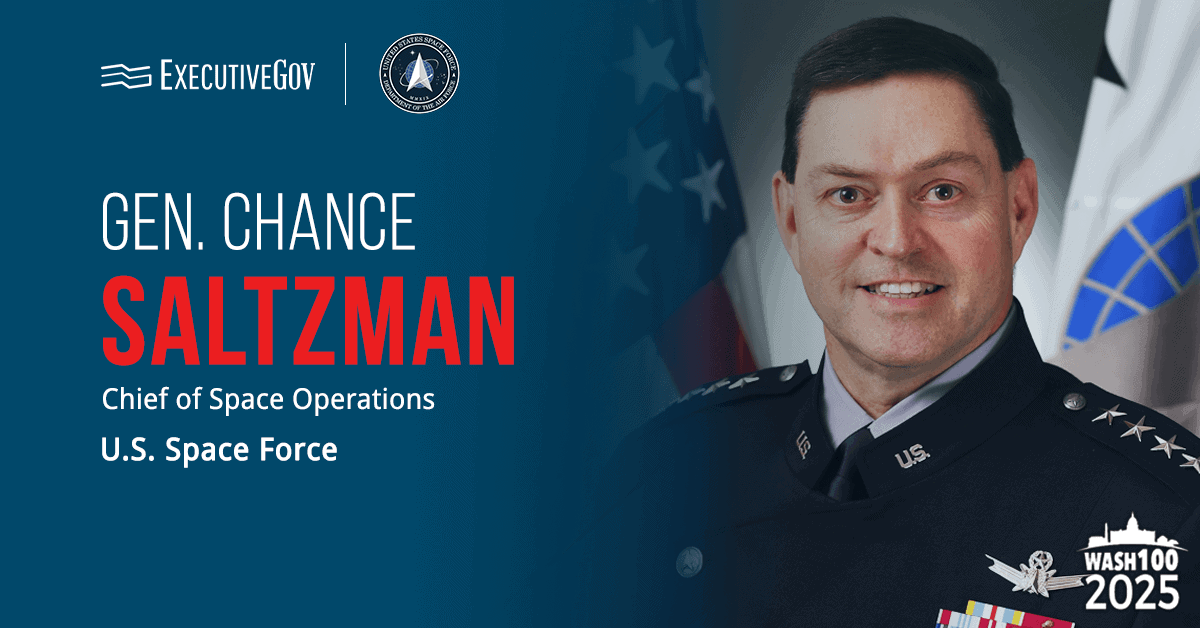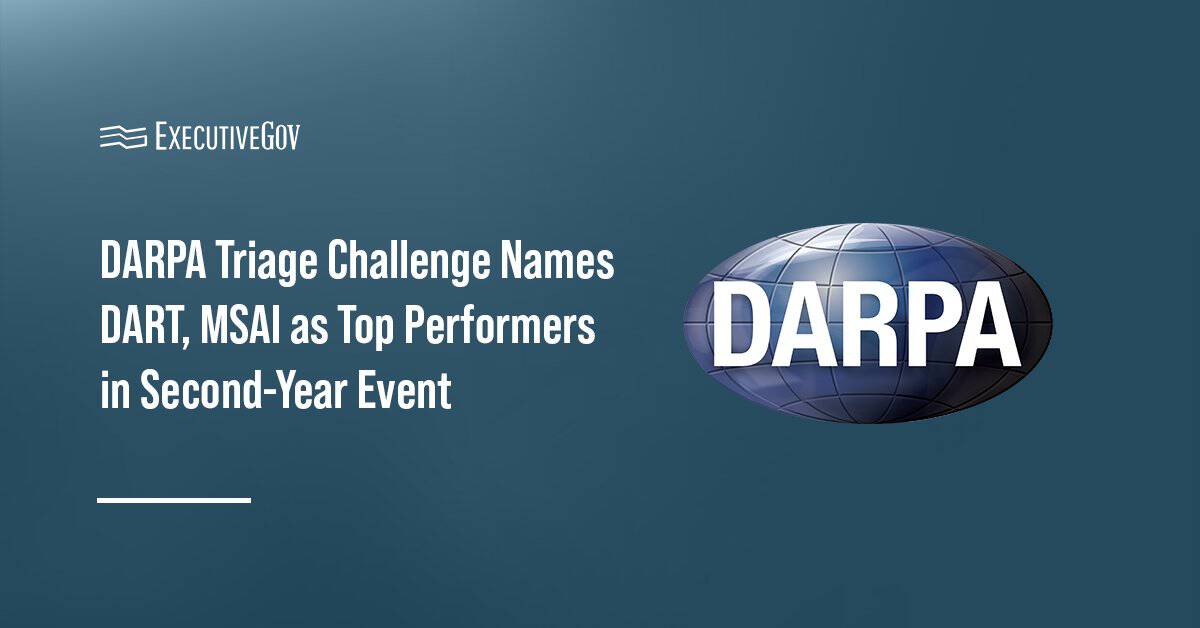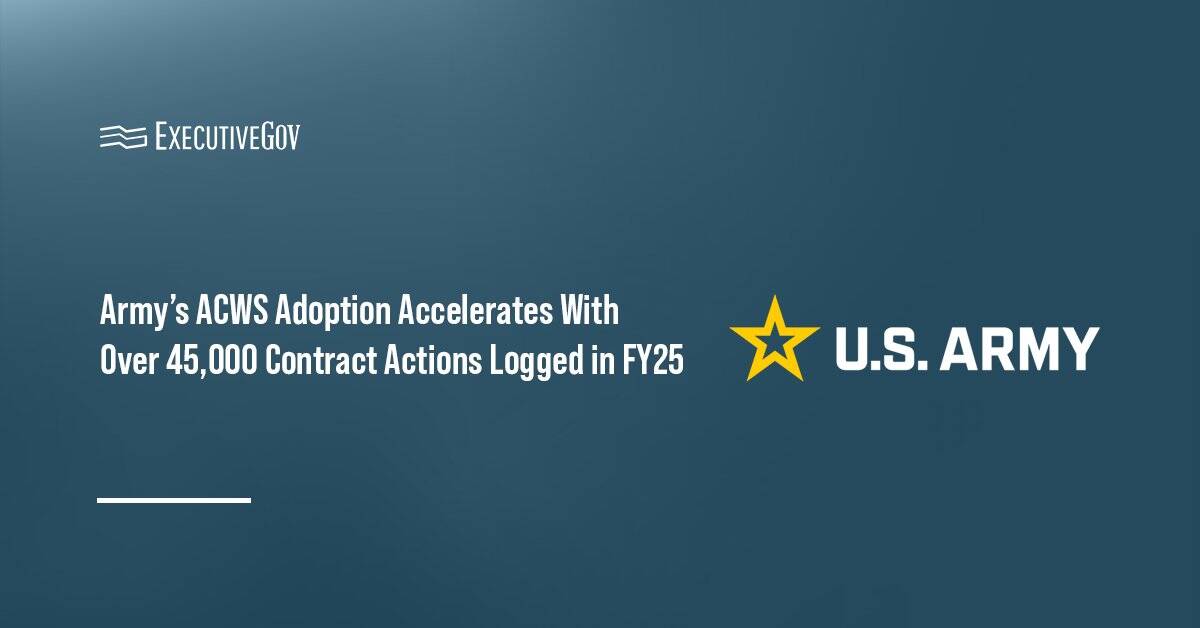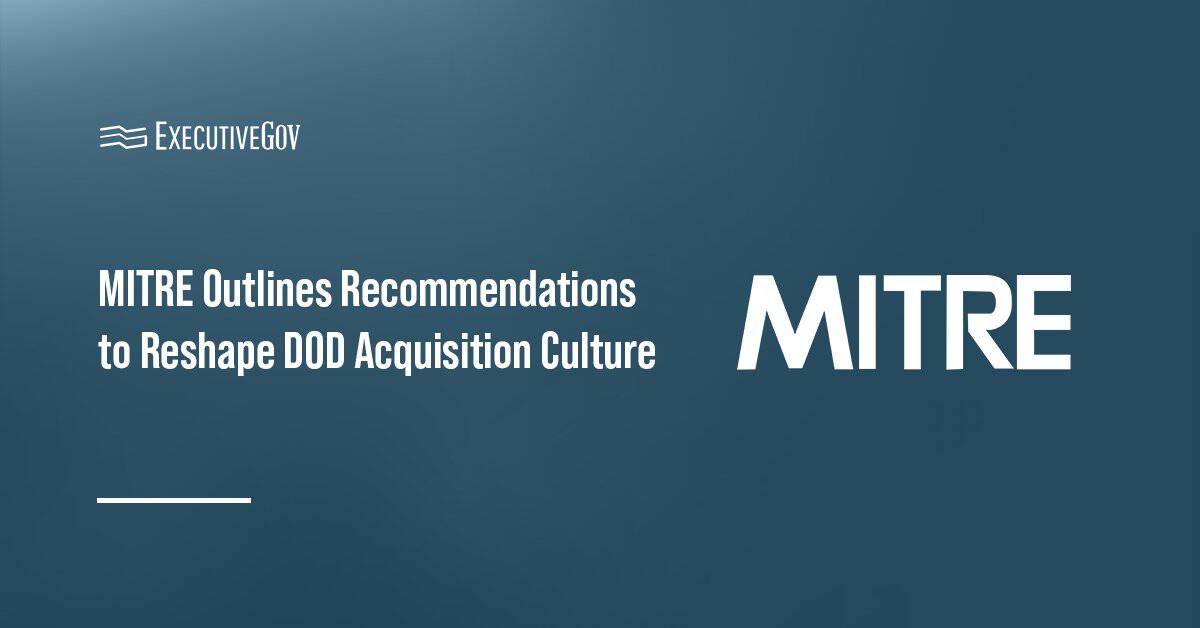W. Jordan Gillis has been sworn in as the assistant secretary of the Army for installations, energy and environment. He will oversee all Army installations and facilities worldwide and guide policies related to installations, energy management, environment and safety, the service said Monday.

Learn about initiatives transforming the Army directly from defense leaders and industry experts at the Potomac Officers Club’s 2026 Army Summit on June 18. The 11th annual edition of the Army Summit will provide insights into how the industrial base can meet the service’s modernization needs through keynote speeches and panel discussions. Secure your spot for the highly anticipated GovCon networking event as early as today.
Who Is W. Jordan Gillis?
Gillis served as assistant secretary of defense for sustainment during President Donald Trump’s first term. In the role, he directed over $170 billion in logistics activities and shaped sustainment, energy and real property policy for the Department of Defense.
He also previously held the positions of acting assistant secretary and principal deputy assistant secretary of the Army for installations, energy and environment.
His private sector career includes leadership roles at ScottMadden, Deloitte and UiPath.
Gillis is a former active duty Army officer who received the Bronze Star Medal and Purple Heart for his military service.
The defense leader holds a bachelor’s degree in history and political science from Duke University and a master of business administration from Emory University.






